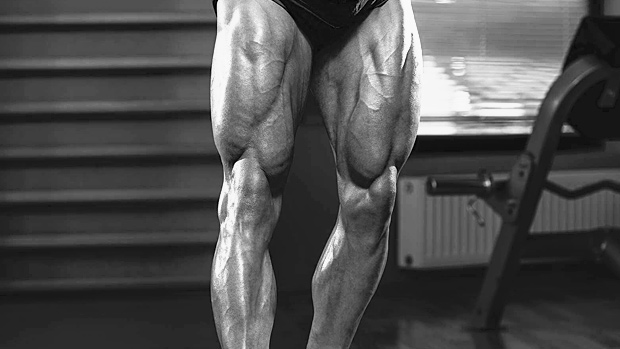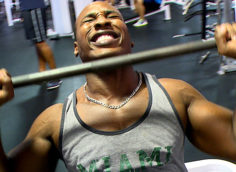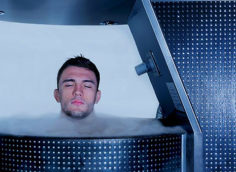If you've been getting after it in the gym for a long time, chances are you've experienced a few setbacks. If you haven't, then you're probably not training hard enough.
When pain starts to get in the way of your progress, mindlessly hoisting a heavy barbell isn't wise. Instead, listen to your body and rotate your exercise selection. Using a few substitutions presents your body with something novel to adapt to. This in turn reduces the likelihood of injury and facilitates new muscle growth.
For years we've been deluded into thinking that the only way to get bigger, stronger legs was to hammer away at heaver and heavier squats, leg presses, lunges, and the like. There's an element of truth to that; it's extremely challenging to build your legs without those movements in the mix.
However, it's not a great long-term training strategy. It can come at a cost. But you don't have to use a one-dimensional approach. Shift your focus elsewhere, for a while at least. There are a variety of ways to train your lower body.
This is a great sequence to work around knee issues, and it's quite effective for building muscle. What makes this such a great pairing is that it doesn't require much technical prowess, making it suitable for both beginners and advanced lifters. Of course, it won't replace the tried and true basics. But, before you scoff at it, give it a try.
- Start by lying down on the floor with your heels on the ball and hands supported on the floor.
- Elevate your hips with your glutes and core engaged.
- Extend your legs, then curl your heels towards your butt. Avoid sinking too low. Make sure to keep the hips elevated throughout the entire movement to hit the entire posterior chain. Do 10-15 reps, maintaining proper form.
- Something you may want to consider, too, is keeping your feet dorsiflexed (toes pointed towards you). Pointing the toes at the bottom (away from you) brings in your calves, limiting the squeeze in your hamstrings. If you're feeling frisky, do it one leg at a time.
- Now move on to the sled. If you have a sled that has an attachment where you can support your back, great. If not, simply wrap bands around the poles.

Sit down to where your thighs are just a bit above parallel. This setup position is best at maximizing tension in your quads. Aim for 20-30 yards. Make it a goal to add weight after every set.
It's worth noting that I've had a few complaints of knee pain during the exercise. This is mostly caused by short steps going backwards. By taking larger steps, you're hitting the VMO (tear drop muscle) to a larger degree, rectifying the problem. Proceed with caution, though. Too big of a step may cause knee pain.
Attempting to train through discomfort obviously isn't wise. You're just picking the scab. Conversely, pain or injury doesn't necessarily mean resorting to monotonous rehab work, or worse, not training at all. You can still accomplish both objectives of getting stronger and building muscle. Pump the brakes on what hurts and use different exercises.





